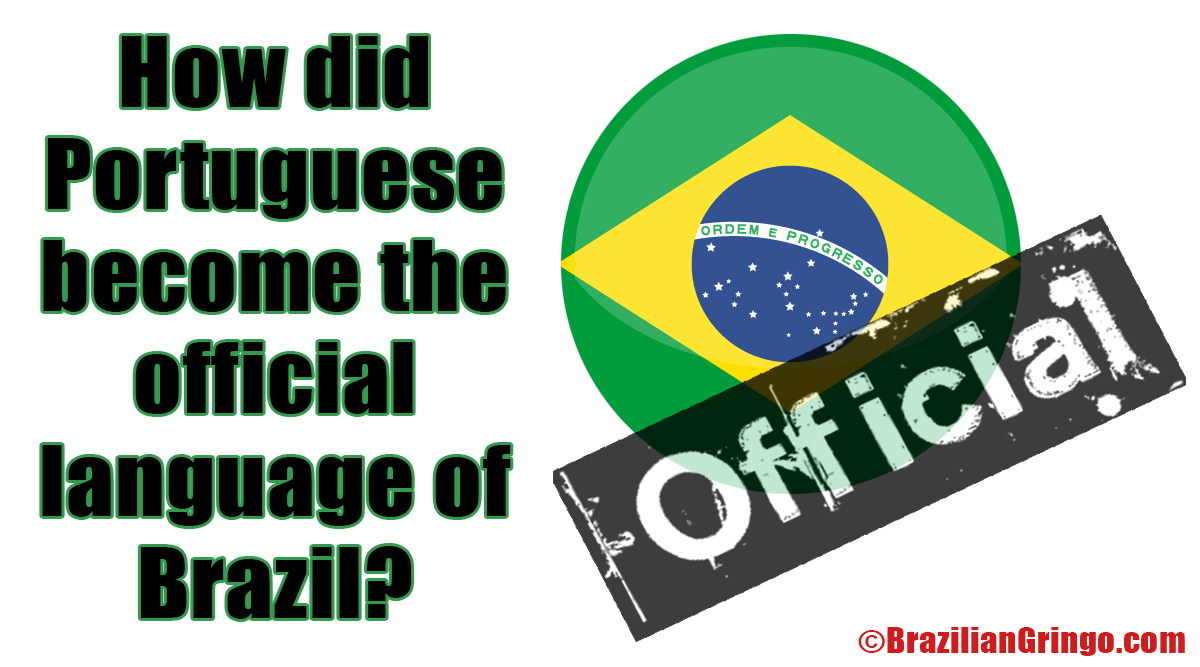Portuguese stands out as the primary language of Brazil, unifying its diverse population. But Brazil harbors incredible linguistic diversity, home to over 200 indigenous tongues. So how did Portuguese gain dominance in the region? Examining Brazil’s colonization reveals how Portuguese became entrenched through settlement, slavery, cultural integration and deliberate national policies, despite challenges from other languages.
Early Exploration and Colonization
Portugal spearheaded Europe’s Age of Discovery, with Pedro Álvares Cabral claiming Brazil in 1500. The Treaty of Tordesillas had divided the New World between Spain and Portugal. This kickstarted Portugal’s colonization of the territory that would become Brazil.
Early encounters between Portuguese explorers and the indigenous Tupi, Guarani and other peoples initiated the spread of Portuguese. Jesuit missionaries further expanded Portugal’s linguistic and cultural footprint.
The Establishment of Colonial Rule
Thousands of Portuguese settlers poured in during the 1500s and 1600s, bringing their language and culture. The administration and economic exploitation of the colony was conducted in Portuguese.
Jesuit missions set up schools and published proto-dictionaries to spread Portuguese and Christianity. This missionary linguistic work laid foundations for Portugal’s language taking hold despite indigenous tongue dominance.
Indigenous Languages and Their Influence
Over 1,000 indigenous languages were spoken in pre-colonial Brazil. Tupi languages like Tupinambá were widespread along the coast. During colonialism, native tongues were suppressed but influenced Portuguese.
Words like tucano (toucan), mandioca (cassava), and carnaval (carnival) entered Portuguese from Tupi and other indigenous languages. But the settlers’ languages dominated government, education and clerical life.
African Influence and the Slave Trade
The Atlantic slave trade brought over 5 million Africans to Brazil. Their languages like Yoruba and Kimbundu enriched Portuguese with African loanwords relating to food, dance, capoeira, Candomblé rituals and more.
Creoles and Afro-Brazilian dialects like calão emerged but remained marginalized. African names and words penetrated the Portuguese lexicon but most slaves had to learn their masters’ tongue.
The Push for a Unified National Identity
After independence in 1822, Brazil moved to consolidate Portuguese as the national language. Schools spread literacy in Portuguese, suppressing other languages from public life.
Writers like Machado de Assis reforged literary Portuguese in a Brazilian style. Such efforts tied the language to Brazilian identity, even if Brazilians spoke regional dialects.
Modern-Day Policies and Language Preservation
A push to recognize linguistic diversity only emerged in the late 20th century. The 1988 constitution protects indigenous tongues as part of Brazil’s heritage. Portuguese remains the unifying official language.
Brazil actively promotes Portuguese in regional blocs like Mercosur and the CPLP (Community of Portuguese Language Countries). Portuguese unites Brazil both domestically and internationally.
The Cultural and Societal Impact of Portuguese
Portuguese in Brazil diverged from European variants and spawned unique literature, music, telenovelas, and other artistic realms. Authors like Jorge Amado wrote celebrated novels in Brazilian Portuguese.
Bossa nova, tropicália, samba and more music genres exemplify Brazilian Portuguese’s development. The shared language nurtures a cohesive national culture.
Conclusion
Centuries of Portuguese colonization cement its status as Brazil’s dominant language today. But influences from indigenous, African, immigrant languages enrich Brazilian Portuguese linguistically and culturally. Policies now seek to maintain this diversity while upholding Portuguese as the language of national unity and identity.
